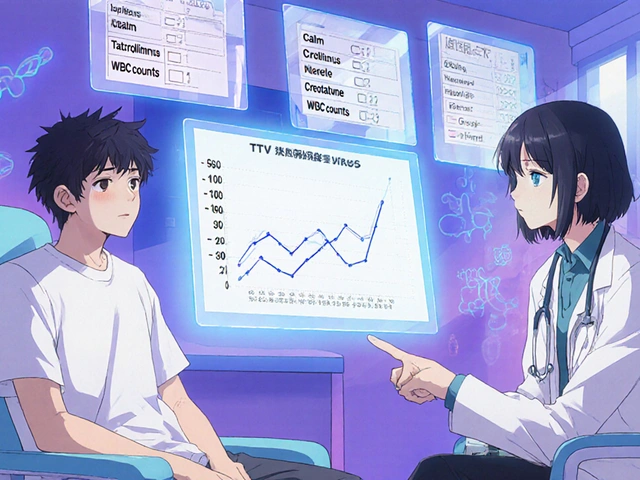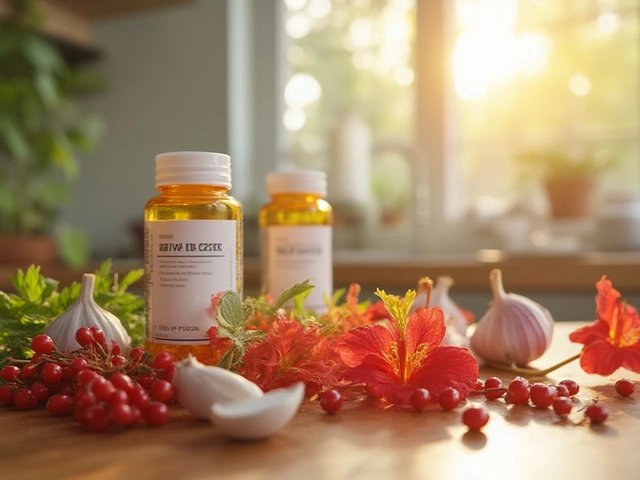Everything You Need to Know About Tretiva
Looking for a clear, no‑fluff rundown on Tretiva? You’re in the right spot. Below we break down what the drug does, how to take it, what side effects to watch for, and where to find it online without risking fake pills.
What is Tretiva and When Is It Used?
Tretiva is a brand name for the active ingredient tretinoin, a form of vitamin A used mainly for skin conditions. Dermatologists prescribe it to treat severe acne, reduce fine lines, and manage certain types of leukemia. The cream or gel version smooths skin by speeding up cell turnover, while the oral form helps control abnormal growth in the blood.
If you’ve tried over‑the‑counter acne products with little success, a doctor might suggest Tretiva. It’s not a first‑line option for mild breakouts, but for stubborn cystic acne or post‑inflammatory marks, many patients see noticeable improvement within a few weeks.
How to Take Tretiva Safely
Dosage depends on the form you’re using. For topical cream, a pea‑sized amount applied once daily is typical. Over‑applying won’t speed up results and can cause irritation. For oral tablets, doctors usually start with a low dose, such as 10 mg daily, then adjust based on blood tests and side‑effect tolerance.
Never mix Tretiva with other retinoids or strong exfoliants unless your dermatologist says it’s okay. Sun exposure can make skin extra sensitive, so wear sunscreen and limit direct sun time while you’re on the medication.
Common side effects include dry skin, redness, peeling, and mild itching. If you notice severe swelling, vision changes, or persistent nausea, contact your doctor right away – those could be signs of a more serious reaction.
How Much Does Tretiva Cost?
Price varies by region and whether you need the cream or the oral tablets. In the UK, a 30‑day supply of the cream typically runs between £15 and £30, while oral tablets can cost £25‑£45. Bulk purchases or generic alternatives may lower the cost, but always verify that you’re getting the same strength.
Where to Buy Tretiva Online – Safe Tips
If you need a refill, the safest route is through a licensed pharmacy that requires a prescription. Look for sites that display a clear pharmacy licence number, a physical address in the UK, and a verified pharmacist on call.
Avoid offers that promise “no prescription needed” or unbelievably low prices. Those are red flags for counterfeit or sub‑standard products. Check customer reviews, but focus on feedback about product authenticity rather than shipping speed.
When you place an order, choose a payment method that offers buyer protection, like a credit card, and keep a record of the receipt and the pharmacy’s contact details. If something feels off – a missing licence number, a generic email address, or vague medication details – walk away.
Once your Tretiva arrives, inspect the packaging. Authentic medication should have clear batch numbers, expiry dates, and a professional label. If the label looks blurry or the packaging is damaged, contact the seller immediately and do not use the product.
Bottom line: Tretiva can be a game‑changer for tough skin issues or specific blood conditions, but it works best when you follow dosage instructions, protect your skin from the sun, and buy from a reputable pharmacy. Have a question about your prescription or need help finding a trusted online pharmacy? Reach out to your GP or a qualified dermatologist – they’ll guide you to the safest option.
Tretiva (Isotretinoin) 2025: Uses, Dosage, Side Effects, and Safe Access
What Tretiva is, how to use it safely, side effects, dosing, and how to find the official leaflets and UK safety steps. Clear guidance for 2025.






